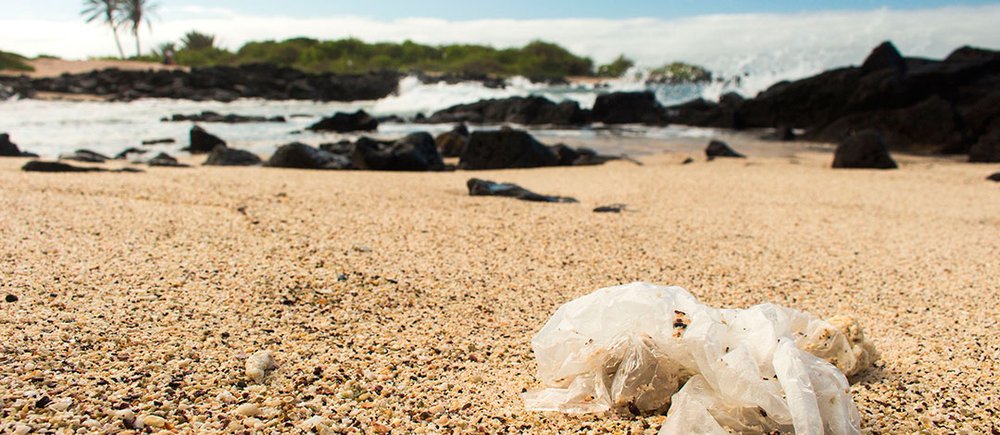
This year, thanks to the support of the Lindblad Expeditions - National Geographic Fund, we are carrying out a project to change attitudes towards marine pollution through the construction of a sculpture which will be created with plastics collected from beach clean-ups. The concept of the installation has been developed with the contribution of groups of local young people, artists, and members of the local community who want to send a message to the population, but also for those who visit us from different parts of the world. A campaign to disseminate information about the impact of plastics on the oceans will complement the project that will be presented in the first quarter of 2019 in Puerto Ayora in Santa Cruz island.
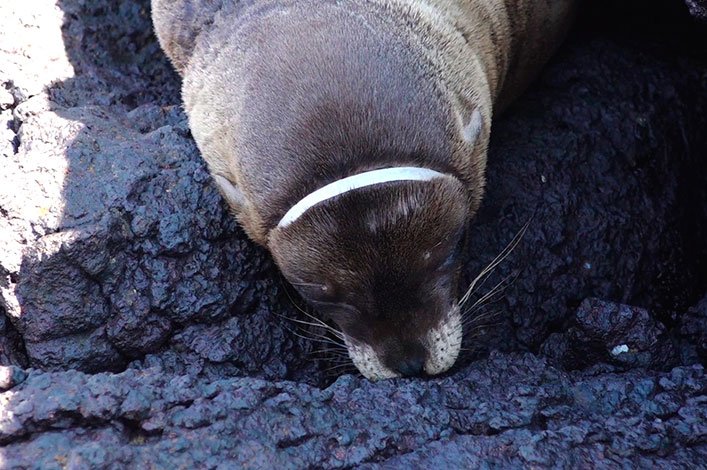
Every year, more than 8 million tons of debris finds its way into the oceans, mostly plastics which are carried by different marine currents which are then deposited along coastlines around the world. According to data from the Galapagos National Park Directorate, more than 22 tons of trash have been collected in different beach clean-ups in the archipelago in 2018. Plastic bags, buoys, straws, ropes, bottles, bottle caps and plastic fragments are the most common objects we have found under rocks and trapped in mangrove areas.
The amount of plastic that ends up in the oceans is alarming and the consequences on marine life are becoming increasingly evident. We now find sea lions entangled in fishing nets, sea turtles that confuse plastic bags with jellyfish, bird nests made with fibers or fish that eat microplastics. This waste not only affects animals but humans as well.
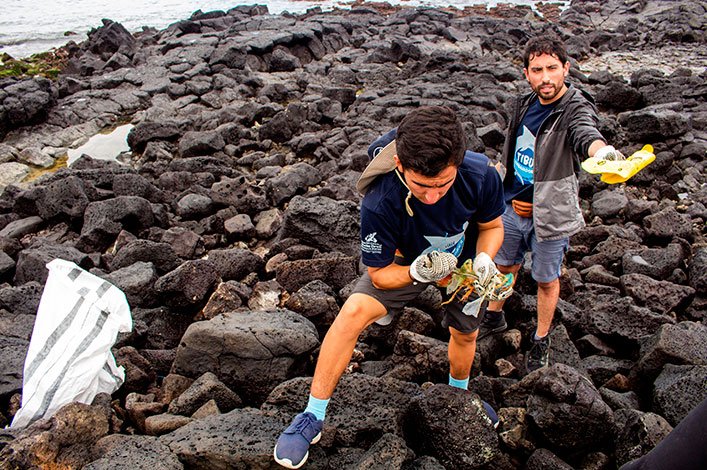
Several beach clean-ups have been carried out together with our Shark Ambassadors Club and different groups from the local community. Institutions such as the Galapagos National Park Directorate have delivered the collected plastics to us to use in the final product. José Luis Maldonado, an Ecuadorian artist that joined our team in September is working on the final design of the sculpture.
“With this project we intend that people realize the amount of trash that reaches our oceans and that they understand how this affects our environment. It is a challenge to manage plastic waste to build a sculpture, but I am excited to be part of a project in which children, young people and community groups participate", mentioned José Luis.
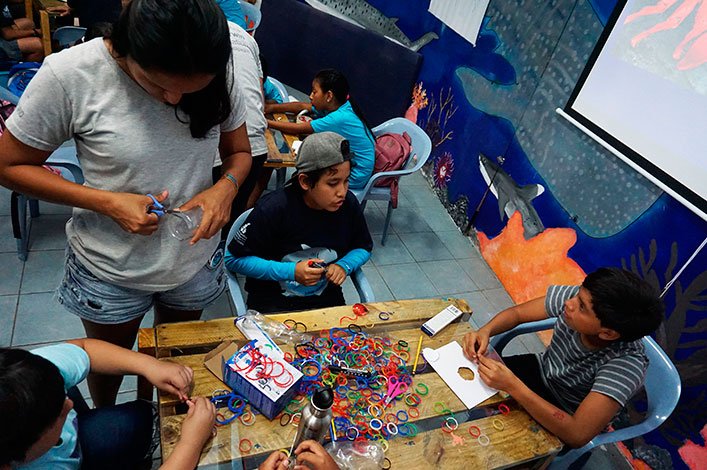
The next step is to finish separating, cleaning and counting the collected plastics to begin the construction of the project. The objects we have found are often full of sand, oil, or even have marine species which have attached on during their journey. We will visit Isabela and San Cristobal Islands, where we will invite those who wish to be part of the project to build the sculpture with us. In Santa Cruz, we will build the installation with the Shark Ambassadors and we will also invite the community to participate.
“Every time we do an activity on the beach, we find a lot of marine debris, especially plastics. We want the place where we live clean and the people to realize that this is everyone's problem.", mentioned one of the Shark Ambassadors.
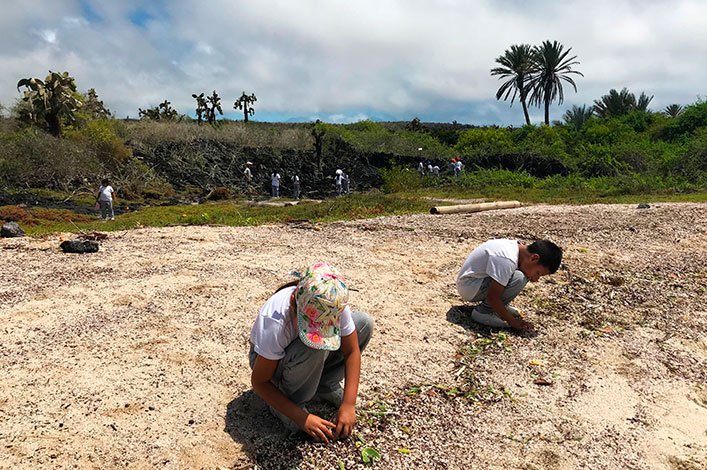
As part of our marine education project, we receive groups of schools in our Research Station that participate in the "Marine Mornings" component, each of which has great interest in learning about plastics and alternatives to reduce their impact on the oceans. As part of the activities, we allocate time to clean the nearby beaches. Many who have not participated in this type of activity have been surprised to see the smaller plastics that accumulate on the banks and often go unnoticed. As part of our visit to the rest of the inhabited islands, we will also carry out these activities and all the plastic that is collected will be used in the sculpture.
In the Galapagos Islands, the Galapagos Governing Council has taken a big step by restricting the use of plastics such as straws, t-shirt-type bags, polyethylene containers and non-returnable plastic bottles. With this sculpture, we want to support this great initiative and the campaigns that other institutions carry out so more people can reflect on their consumption habits and join the conservation efforts of our islands, and the entire planet. It is in our hands to decrease the amount of plastics that reach our oceans and spread this message to all those around us.
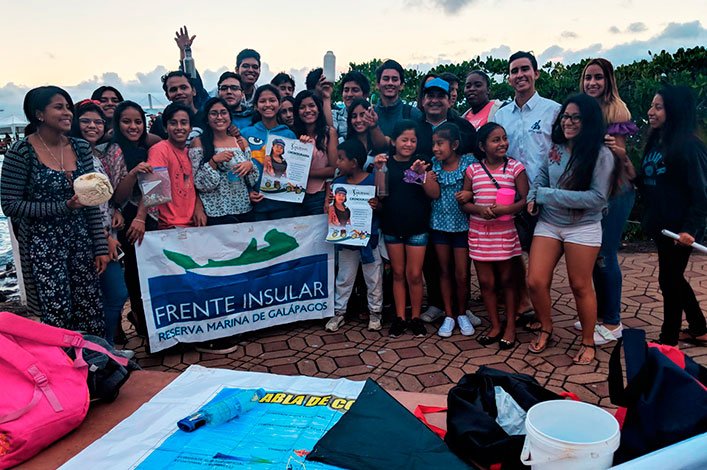
Special thanks to the Lindblad Expeditions and National Geographic Fund for their important support for the development of this project. Another special thanks to the Save Our Seas Foundation for the support with the Marine Education Project that is essential to carry out this work!





